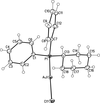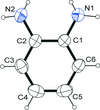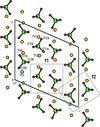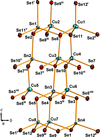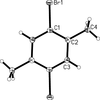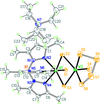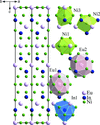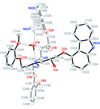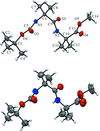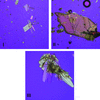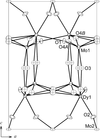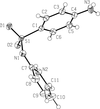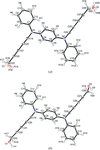
- editorial
- metal-organic compounds
- organic compounds
- metal-organic compounds
- organic compounds
- inorganic compounds
- metal-organic compounds
- organic compounds
- inorganic compounds
- metal-organic compounds
- organic compounds
- metal-organic compounds
- organic compounds
- metal-organic compounds
- inorganic compounds
- organic compounds
- metal-organic compounds
- organic compounds
- inorganic compounds
- metal-organic compounds
- organic compounds
- metal-organic compounds
- organic compounds
- inorganic compounds
- organic compounds
- metal-organic compounds
- organic compounds
- inorganic compounds
- organic compounds
issue contents
Polymorphism special issue (December 2011)
Guest Editor(s): A. Linden
Polymorphism, particularly for molecular materials, was perhaps once considered a curiosity. Nowadays, polymorphism has become a crucial issue for the pharmaceutical industry. Different polymorphs of a drug can have quite different properties in terms of solubility, bioavailability, shelf life, ease of production, and other physical properties. Developments in crystal structure prediction in recent years have also highlighted hitherto unknown polymorphs.

Cover illustration: Differences in stacking for polymorphs of aspirin viewed down the b axis [Chan, Welberry, Heerdegen & Goossens (2010). Acta Cryst. B66, 696-707].

























































































































 journal menu
journal menu












